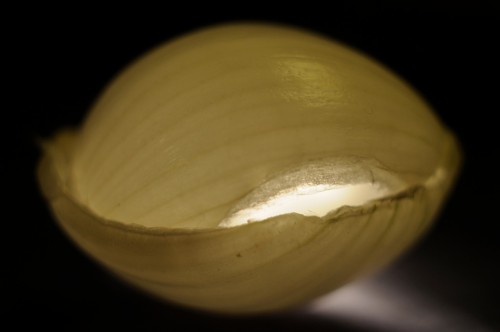
The discussion of Hungary’s new constitution is in full swing. It is discussed both by politicians and the media. I’m not even sure if it’s appropriate for a Hungarian to comment on this issue in a Slovak paper. However, I believe that the Slovaks are similar to the Hungarians. Hungarian and Slovak nationalism are mirror images of each other. They consist of similar nuts and bolts.
These days the Hungarians are less interested in debating the constitution and care more about everyday issues. After all, people who are fascinated by consumerism are not that receptive to national symbolism and issues of identity. In fact, it is an opportunity to start again from scratch. Most of the country is disappointed by what has happened since 1990, regardless of the fact that Hungary has regained its sovereignty and that for the past twenty years its citizens have been living in a democratic state under the rule of law.
I would like to make a few comments on the proposed Preamble. I think it is necessary because the temporary 1989 constitution (which in fact was copied word for word) lacked one. It failed to outline a clear division between dictatorship and democracy. However, the proposed Preamble is too long. It is much longer than those of other constitutions in Central and Eastern Europe. I don’t like the fact that it’s referred to as the National Creed or Credo. It ought not to invoke faith but common values. And it ought to do so not in flowery words but through a clear summary of Hungary’s historic legacy.
The issue is how far back the Hungarians date the legal continuity of their state. We all know that the country lost its sovereignty on 19 March 1994 (when Germany invaded Hungary) and did not regain it until the end of the Soviet occupation. Incidentally, the continuity of statehood is a unique value of Hungarian history. And it is the Slovak language that can help us understand what a complex issue this is.
Slovak has a different name for Hungary before 1920 [Uhorsko – Hungary] and after 1920 [Maďarsko – Magyarland]. In Hungarian we refer to both as Magyarland [Magyarország]. In other words, the Slovak language negates the continuity between the former and the latter: the old country used to be a multinational entity (albeit not always too kind to other nationalities after 1867) but after World War I it was left with very few non-Hungarians. However, the French text of the Trianon peace treaty refers to Hongrie and the country the Slovaks call Maďarsko is considered to be its successor state, thus recognizing the country’s legal continuity. So, in effect, neither the Slovak nor the Hungarian designation is accurate. In this respect, the Slovak usage is closest to the Czech. The Croats started using the term Magjarska as early as in 1868 (following the Hungarian-Croatian Compromise), and in a History of the Hungarians published by historians in Voivodina in 2002, the name Maďarska is used as early as the [1526] Battle of Mohács onwards, the traditional date of the beginning of the country’s Ottoman Turkish occupation.

